
Sudeep Chandra
The Aquatic Ecosystems Analysis Laboratory (AEAL) is a broadly based freshwater research lab with projects on local, regional and global waterways. Particular research projects involve understanding the effects of climate on freshwater ecosystems and the organisms that live within them.
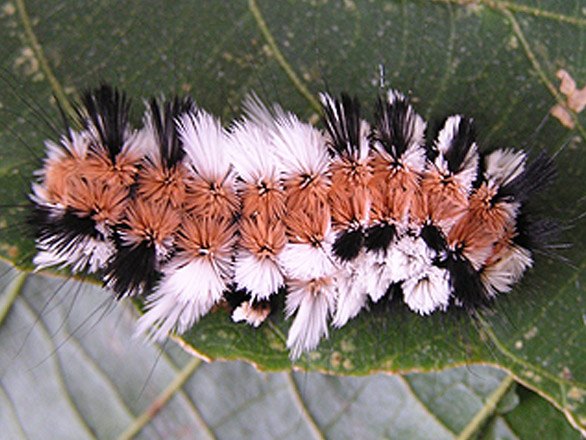
Lee Dyer
Work in the chemical ecology and tropical diversity laboratory focuses on direct and indirect trophic interactions in complex biotic communities with emphases on global change. The research includes field and laboratory work, as well as research with specimens in the Museum of Natural History at the University of Nevada, Reno.
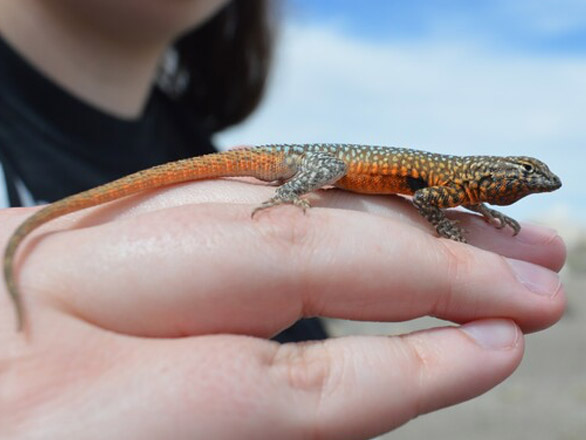
Chris Feldman
The Feldman lab is interested in a broad array of evolutionary, ecological, and conservation topics, primarily in reptiles and amphibians, ranging from simple questions of diet differences between sympatric lizards, to patterns of molecular evolution in specific snake proteins.
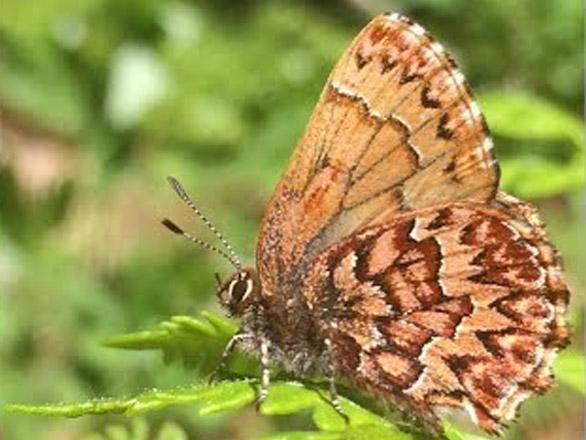
Matt Forister
The Forister lab works in the areas of specialization, diversification, and plant-insect ecology.
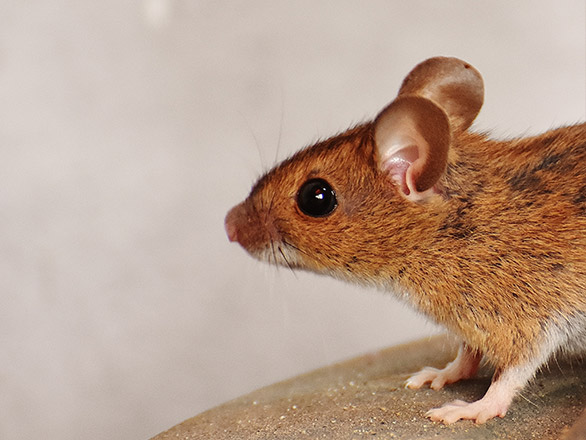
Jennifer Hoy
The Hoy lab seeks to identify the neural circuit basis of prey-capture behavior in the mouse as part of the broader goal to understand how vision guides action in the mammalian brain.
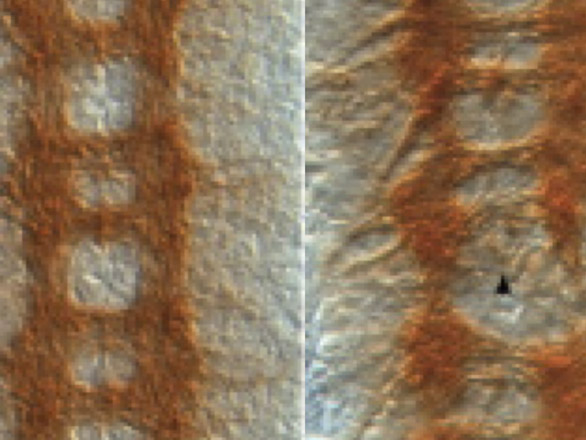
Tom Kidd
The Kidd lab is use fruit fly genetics to study how axons navigate long distances to their targets during the development of the nervous system.
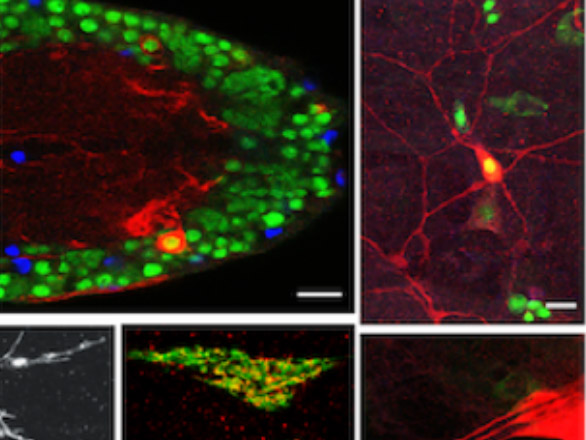
Jung Kim
By combining powerful Drosophila genetics with cellular, physiological, and behavioral analyses, the Kim lab tries to understand the molecular and cellular mechanisms underlying neurological and mental disorders.
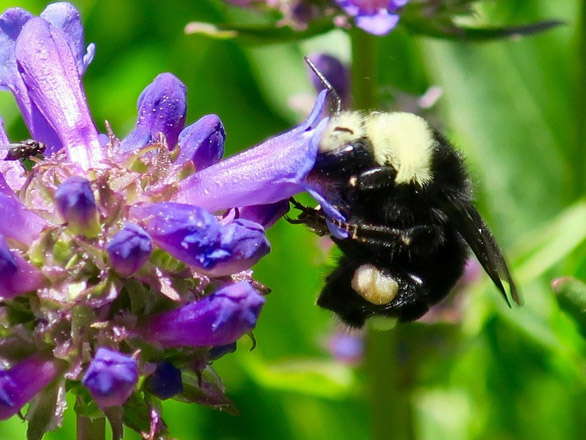
Anne Leonard
The Leonard Lab focuses on the evolutionary ecology of communication in plant-pollinator and sexual selection contexts. Using primarily bees, questions explore signal complexity (is it color or scent that will be most attractive to a forager), nutritional ecology (which flower will have the better meal) and the actual mechanics of pollination.
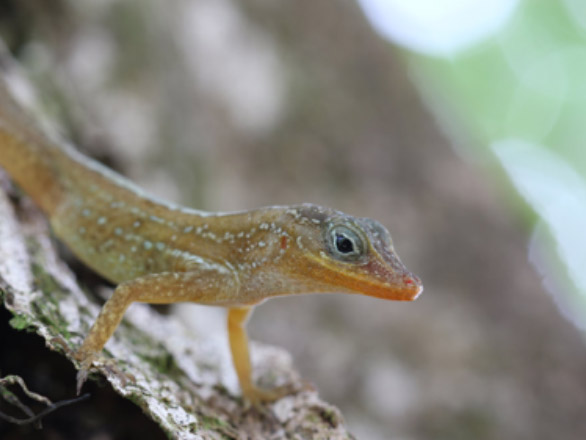
Mike Logan
We are ecologists, evolutionary biologists, and physiologists. We use laboratory and field experiments to study the responses of organisms to rapid environmental change.
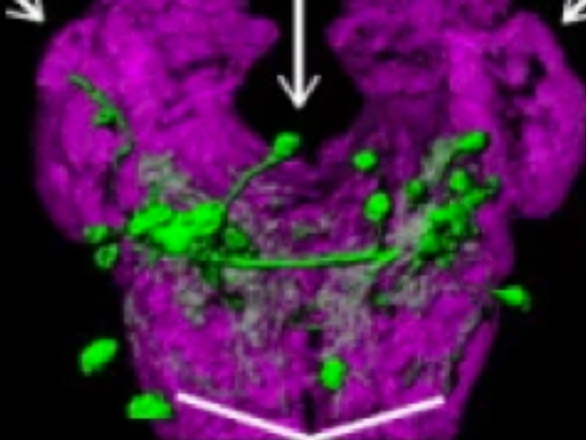
Dennis Mathew
The Mathew lab is working to understand how a circuit of neurons translates olfactory input into behavioral output? Thus, laying the foundation for understanding how information is processed by neurons to result in a behavior.
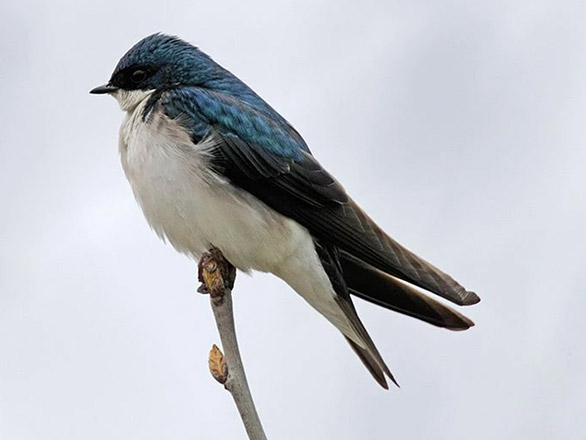
Jenny Ouyang
The Ouyang lab uses natural and laboratory experiments to test how, and at what rate, hormonally regulated traits enable organismal adaptation to changing environments.
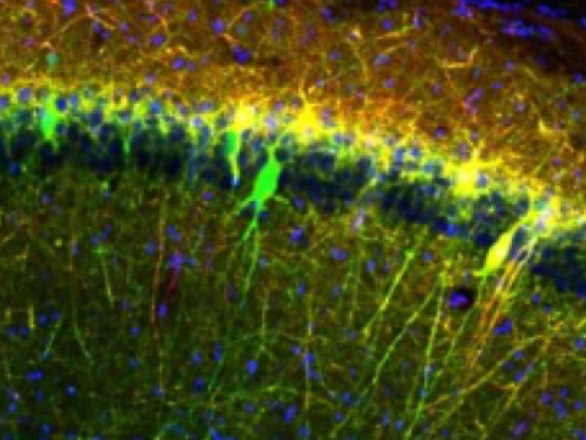
Simon Pieraut
The goal of our research is to decipher the molecular and cellular mechanisms underlying inhibitory neural plasticity. For complete information please visit the lab website.
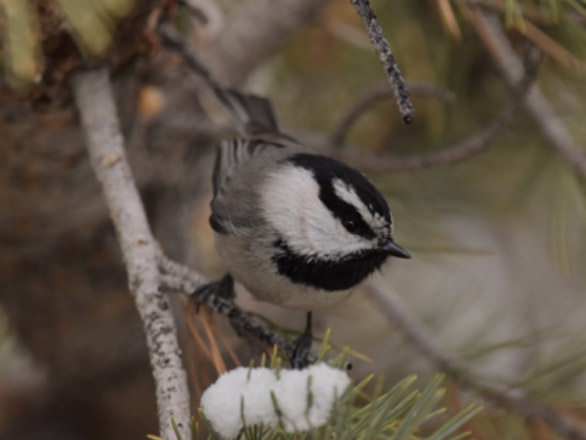
Vladimir Pravosudov
Research in my lab broadly focuses on Animal Behavior and Behavioral Ecology with special emphasis on animal cognition.
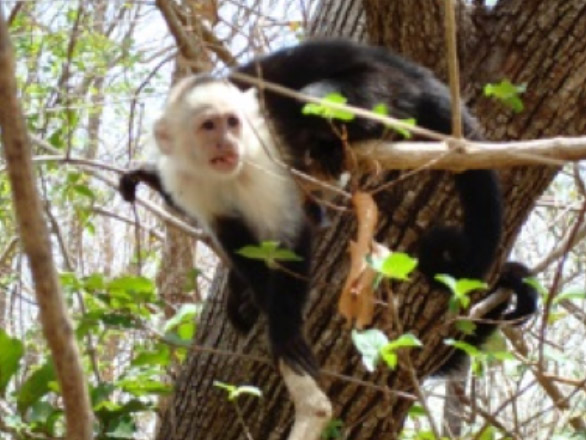
Elizabeth Pringle
The Pringle lab focuses on the evolutionary ecology of multispecies mutualisms.
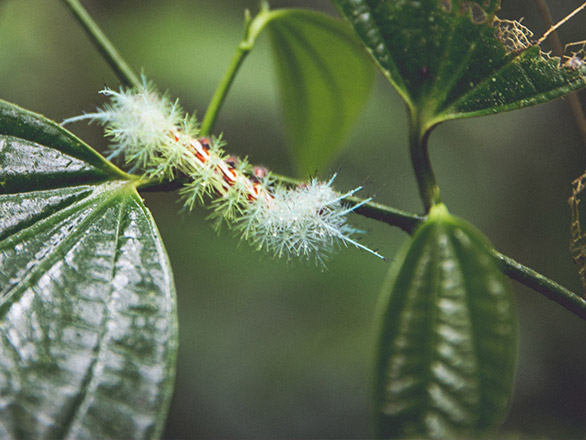
Lora Richards
Our lab focuses on a wide range of chemically mediated ecological interactions. We are particularly interested in the role of plant chemistry in structuring diverse ecological communities.
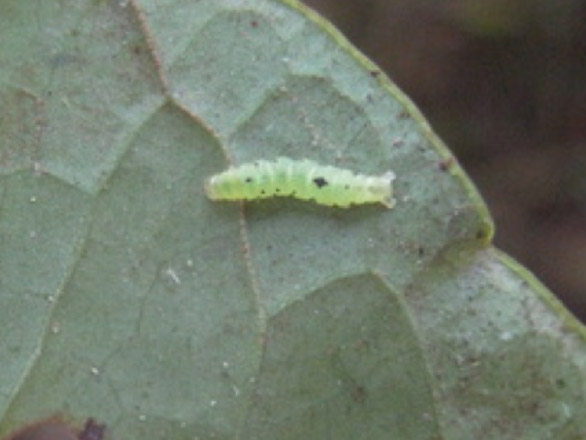
Angela Smilanich
The Smilanich lab focuses on the ecology and evolution of diet breadth via physiological studies of multitrophic interactions between plants, herbivores, and natural enemies.
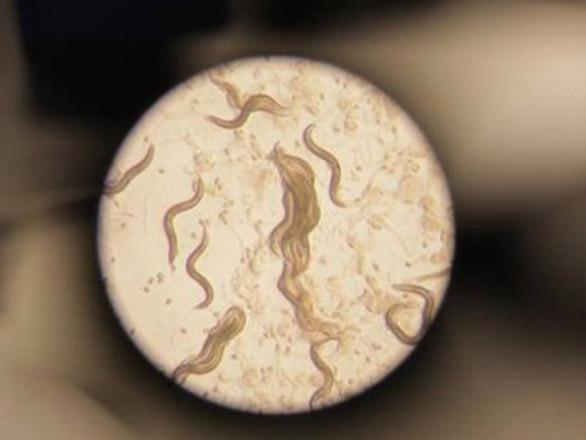
Alexander van der Linden
Our research uses the model organism Caenorhabditis elegans coupled to genetic, molecular and genomic tools to understand how animals sense and translate environmental and internal signals to influence behavior, metabolism, sleep and aging.
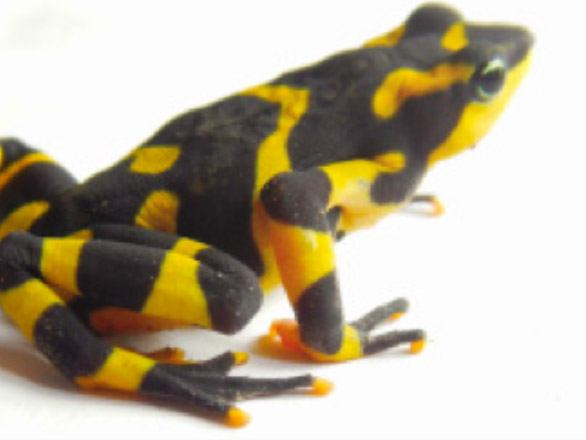
Jamie Voyles
The Voyles Lab takes a “One Health” perspective, recognizing that human, plant, animal and ecosystem health are inextricably connected. Our research is focused on amphibian chytridiomycosis and white-nose syndrome in bats. Both are diseases that have emerged recently and are causing dramatic declines in North America and around the world.